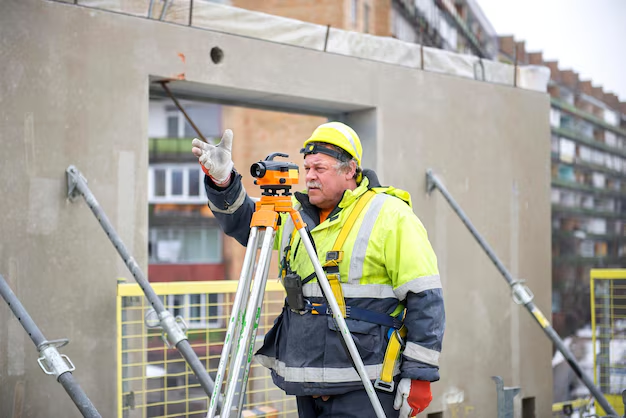Discovering Roof Pitch: Simple Steps to Calculate Yours
Figuring out the pitch of your roof is a task that might seem daunting at first, but it’s straightforward once you know what to look for. By understanding your roof's pitch, you can make more informed decisions about renovations, repairs, or even installing solar panels. Here's a guide on how to find roof pitch and why it matters.
What is Roof Pitch?
The roof pitch is a measure of the steepness or incline of your roof. It's usually expressed as a ratio of rise (vertical height) over the run (horizontal length). For example, a roof with a 4/12 pitch rises four inches for every 12 inches of horizontal distance.
Tools You’ll Need
- A tape measure
- A level (at least 12 inches long)
- A pencil
- A notepad or smartphone to jot down your calculations
Step-by-Step Guide to Finding Roof Pitch
1. Measure from Inside
- Locate a Level Spot: The easiest way to measure roof pitch is from inside your attic, directly under the roof.
- Place Your Level: Hold the level so that one end touches the roof and make sure it's completely level.
- Measure the Run: From the point where the level touches the roof structure, measure 12 inches along the level.
- Measure the Rise: From the 12-inch mark on the level, measure vertically (perpendicular to the level) up to the roof. The rise will give you the first number of your pitch ratio.
For example, if the rise is 6 inches and the run is 12 inches, the pitch is 6/12.
2. Measure from Outside
If accessing your attic isn't possible, measure from the roof itself, but ensure it's safe to do so.
- Position the Ladder: Safely set up a ladder against the side of your home.
- Secure the Level: Hold the level horizontally against the roof.
- Measure the Same Way: Mark a 12-inch run on the level and measure the rise vertically.
Why Knowing Your Roof Pitch Matters
Understanding your roof's pitch helps in:
- Choosing Roofing Materials: Different pitches need specific materials to prevent water from entering your home.
- Planning Renovations: Precise pitch knowledge helps contractors give more accurate quotes for tasks like roof repairs or solar panel installations.
Building Financial Knowledge Alongside Home Improvements
While keeping your home in great shape is a priority, managing finances is equally essential. Whether you’re funding a roof repair or considering a broader renovation, financial assistance programs and educational grants can be instrumental.
- Government Aid: Many areas offer housing improvement grants or low-interest loans for essential home repairs.
- Financial Assistance: Look for community programs that provide support for things like utility bills and home maintenance.
- Debt Relief and Credit Solutions: Exploring debt consolidation options or consulting a financial advisor can help streamline your expenses and maximize your budget for home projects.
🔍 Here are Some Financial and Educational Resources to Consider:
- 💸 Home Improvement Grants: Federal and state programs offering funds for repairs.
- 🏡 Energy Efficiency Rebates: Incentives for installing energy-saving solutions like solar panels.
- 🏦 Low-Interest Loans: Available for home owners via banks or credit unions.
- 🎓 Educational Grants: For further learning about home maintenance, financial literacy, or professional development.
Knowing your roof pitch is just one piece of the home maintenance puzzle. By being informed about governmental and financial resources, you can better manage both immediate home concerns and long-term financial health.
